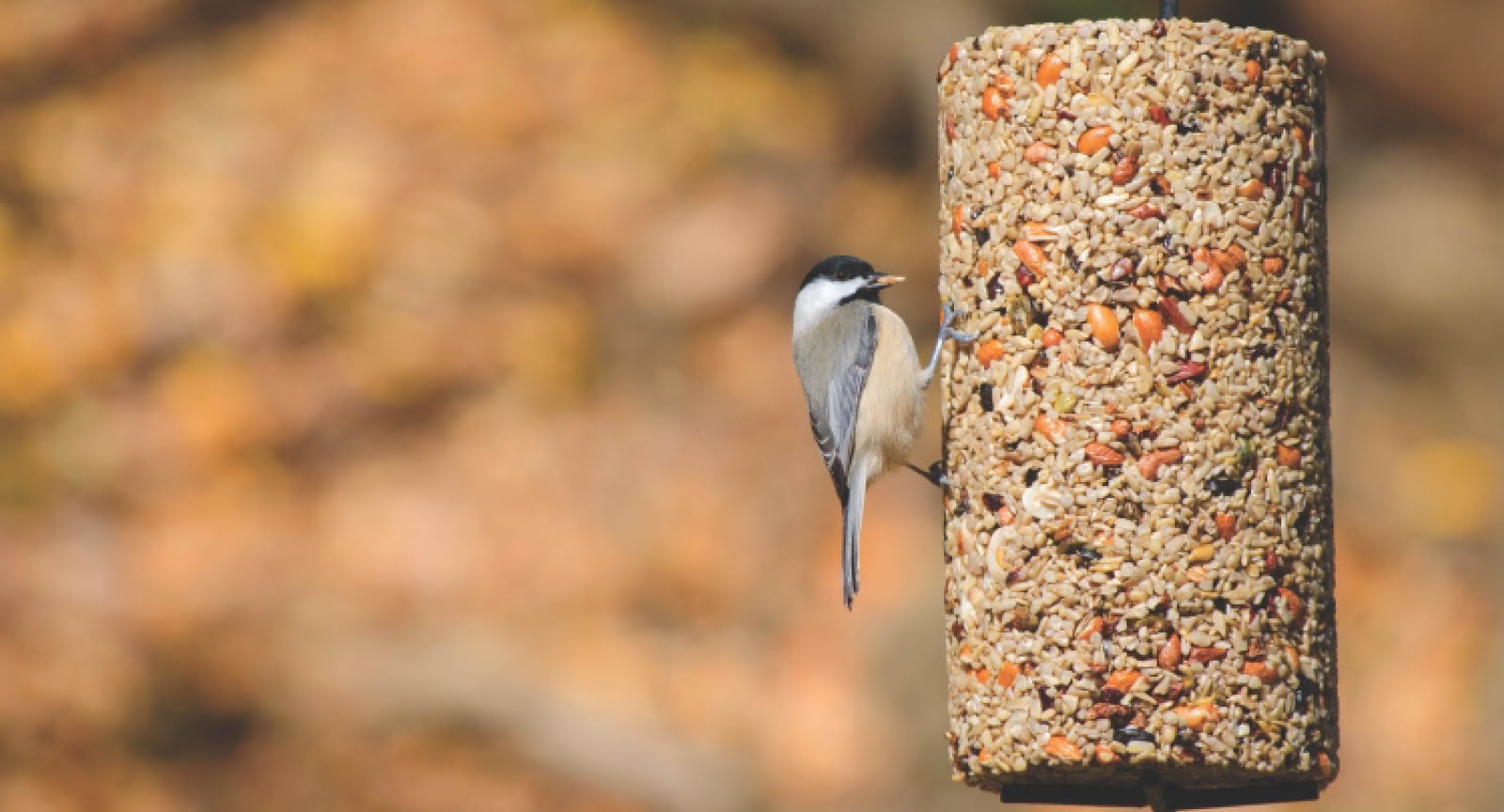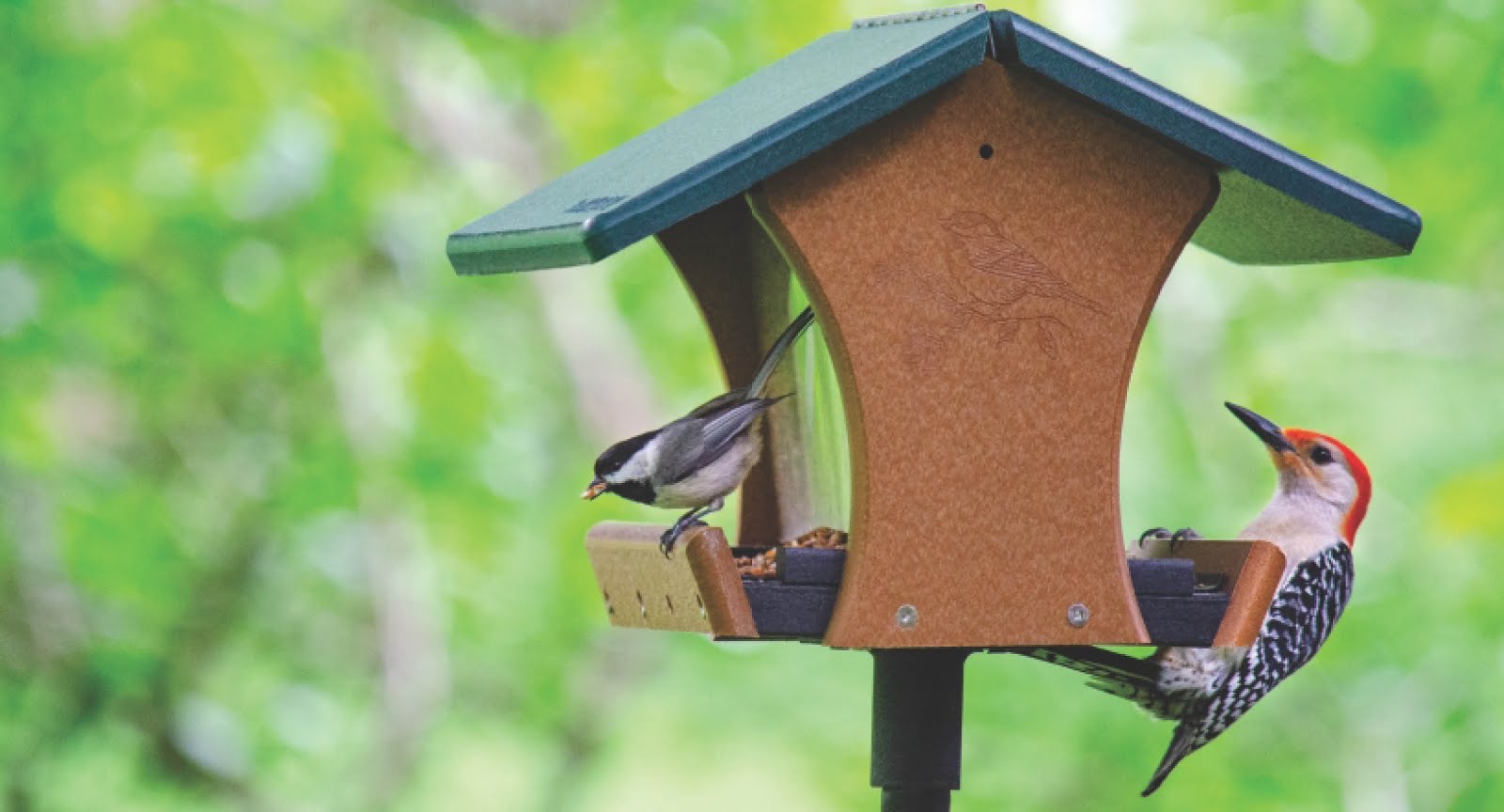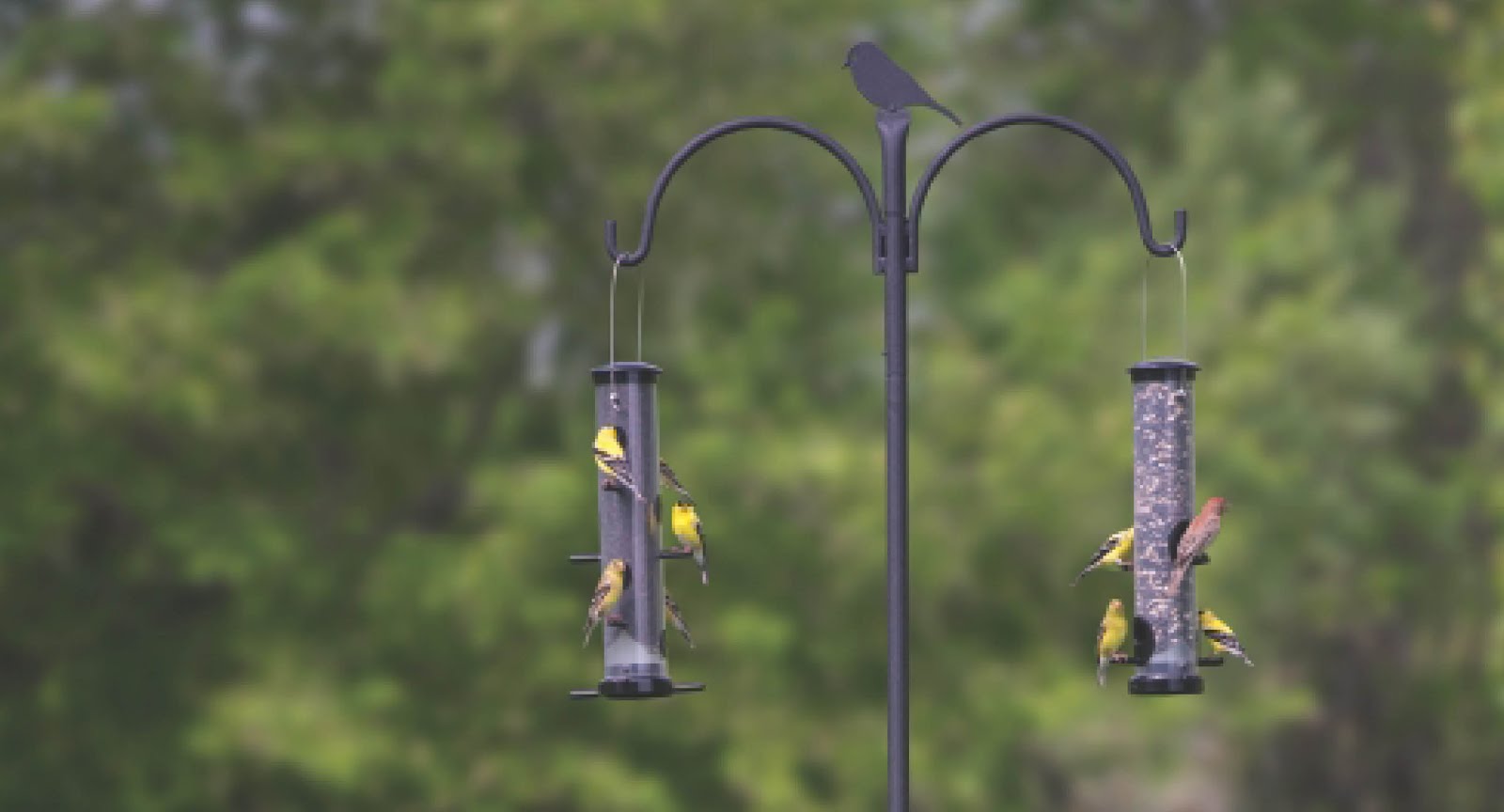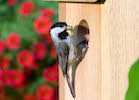As I sat down at my computer yesterday morning to write my blog post, I looked out the window and saw a family of Mourning Doves sharing some quiet time together on my fence. Well, that was it for writing my blog post! I couldn’t concentrate on anything else but the sweet doves outside my window. Hence, this blog post is about Mourning Doves! ;)
 |
Mourning Dove Parents with fledglings.  Pictured above, parents are on the right side, two juveniles to the left. Pictured above, parents are on the right side, two juveniles to the left. |
Mourning Doves are one of our most common North American birds. They can be found in almost any type of open or semi-open habitat throughout North America. Their gentle cooing sounds (which they were named for as it sounds sad, as if it is mourning) and wing whistles, can often be heard before the birds are spotted.
Not sure you would recognize the call of the Mourning Dove? Click on the links below to hear.
Although it is well documented that not all bird partnerships are monogamous, ;) Mourning Doves typically mate for life. The pair will preen each other, and give gentle nibbles as part of courtship and bonding. If you witness them bobbing their heads up and down and grasping beaks, this is a common courtship ritual that takes place before mating.
 |
| Mom and Dad preening each other and strengthening their pair bond. (Female right, Male middle, juvenile left) |
The mated pair will work together to build a loosely woven nest that if looked at from below, often an egg can be spotted through the gaps in the nesting materials. While the female chooses the nest location, the male fetches the nesting materials, and passes it to the female while standing on her back as she builds the nest! Doves will often reuse their own nests several times in a season. This is good news, as I can look forward to seeing more babies throughout the summer season. Mourning Doves have as many as 6 broods a season, usually having a clutch size of two…that’s a lot of little babies for me to watch grow up!
 |
| Two siblings cuddling up in the cool morning air. |
The female lays one egg at night, and then one the next morning. The eggs need to be incubated constantly. The pair will take turns keeping the eggs warm. One takes the day shift, the other the night shift. After 14 days, the eggs hatch, and 12-15 days later the nestlings will leave the nest and fledge for the first time. This is where I, and hopefully you too, get to enjoy these beautiful birds.
 |
| Mourning Dove eggs are plain white, 2.5-3cm long and about 2.5cm wide, just like this one that Kristen found in her garden. Looks like I'm not the only one to have baby doves! |
 |
| Doves have long been recognized as a symbol of peace, and referenced frequently in scripture. These two look like they are bowing their heads in prayer. |
Telling the adult male, female and juvenile Mourning Doves apart can be a challenge if you are not sure what to look for (sometimes, even if you do know what to look for). Looking at the picture above, the adult on the right is a male. You can tell by the dark grey/blue smudge on his head, his pinkish bloom and lovely iridescence. The bird on the left is a juvenile. The female (bottom right), does not sport a head smudge like this, and she has reduced iridescence and pinkish colouring.
 |
| Pale buff-gray fringes on most of the feathers give the bird a “scaly” appearance |
 |
| Being a daddy is tiring work. This new father sports a big yawn, showing he is ready to join junior in a nap. |
 |
| Listen up! Doves, like many birds, tilt their heads to one side to aid them in hearing as their ears are located down farther on their heads. |
If you are looking for ways to attract Mourning Doves to your yard, try offering bird seed on the ground or on a large platform feeder. Doves will nest in trees, but will also nest on manmade nesting shelves that you can buy or make yourself.
I hope that you are fortunate to have these lovely birds visit your yard.
Happy birding!
Leanne




















No comments:
Post a Comment